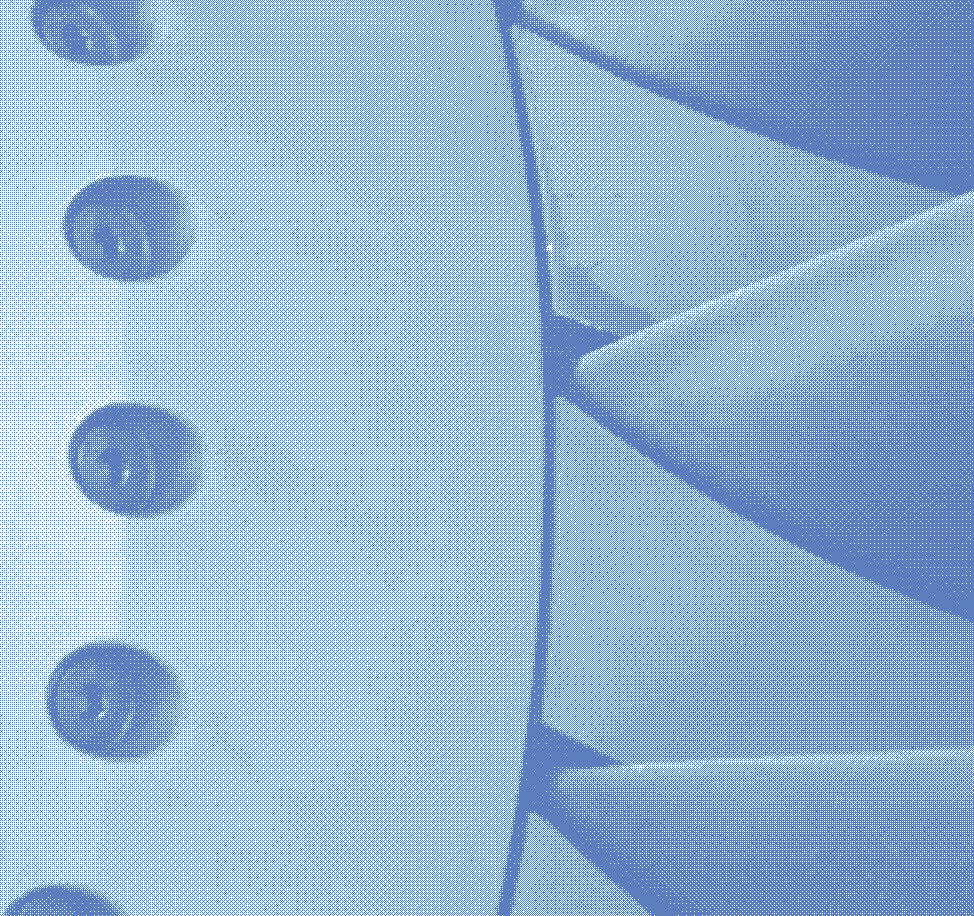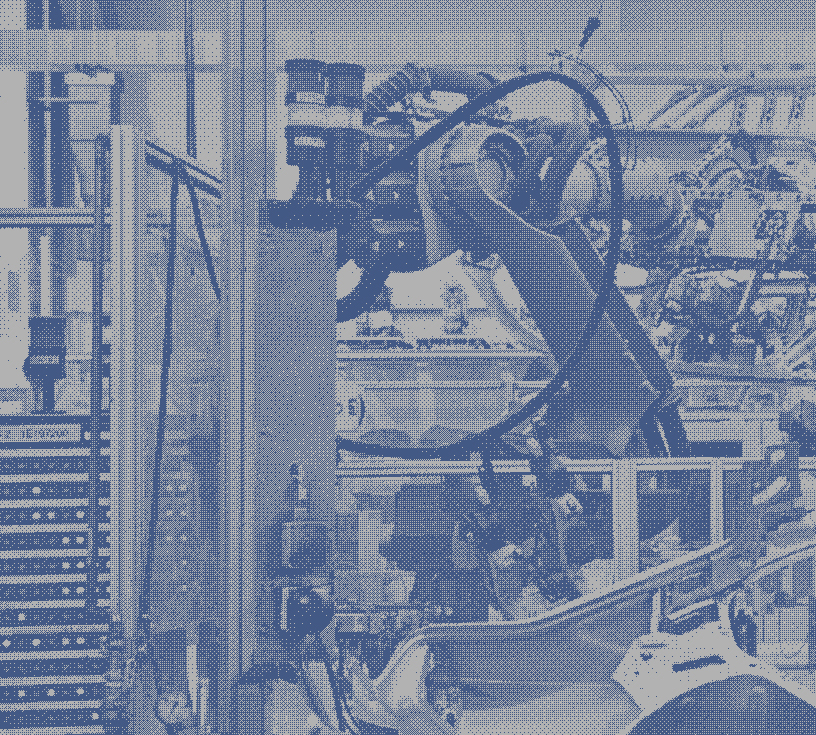



Research Projects
Aluminium / Titanium and Magnesium
Investigating abnormal grain structures in titanium – 6% aluminium – 4% vanadium hot worked aerospace components

Titanium 64 is widely used in the aerospace industry despite the high costs associated with production. In order to produce an aerospace component, the raw material is subjected to multiple (costly) thermomechanical processes. One typical final process for aero-frame structures is beta annealing which modifies the microstructure to improve its resistance to crack growth. For reasons currently unknown, abnormal grain structures can develop during beta annealing that render the component unfit for purpose. This phenomenon brings with it a heavy financial penalty to industry and understanding its origins is the driving force for this research. In this project, we used controlled heating experiments and large scale EBSD and other microscopy techniques, to study the effects of texture on the development of these abnormal grain structures.

